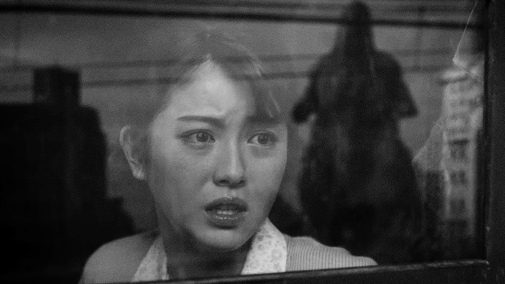The email sent will contain a link to this article, the article title, and an article excerpt (if available). For security reasons, your IP address will also be included in the sent email.
by Cláudio Alves

Re-releasing films in black-and-white, whether in theaters or through physical media, has become something of a trend. This year, Godzilla Minus One prompted a new edit with color stripped away, revealing a new way to consider its post-war twist on the kaiju mythos. I understand why audiences and filmmakers get carried away by these experiments. After all, for the past few seasons, it's a The Film Experience tradition to re-think the year's Best Picture Oscar nominees in silvery monochrome, pondering what each flick would look like transformed.
This is an exercise that can reveal qualities in composition and lighting, as well as provide a reference for the role of color in visual storytelling. Sometimes, its absence makes no difference. In other cases, a movie can't work in grayscale…



 Return to Article
Return to Article